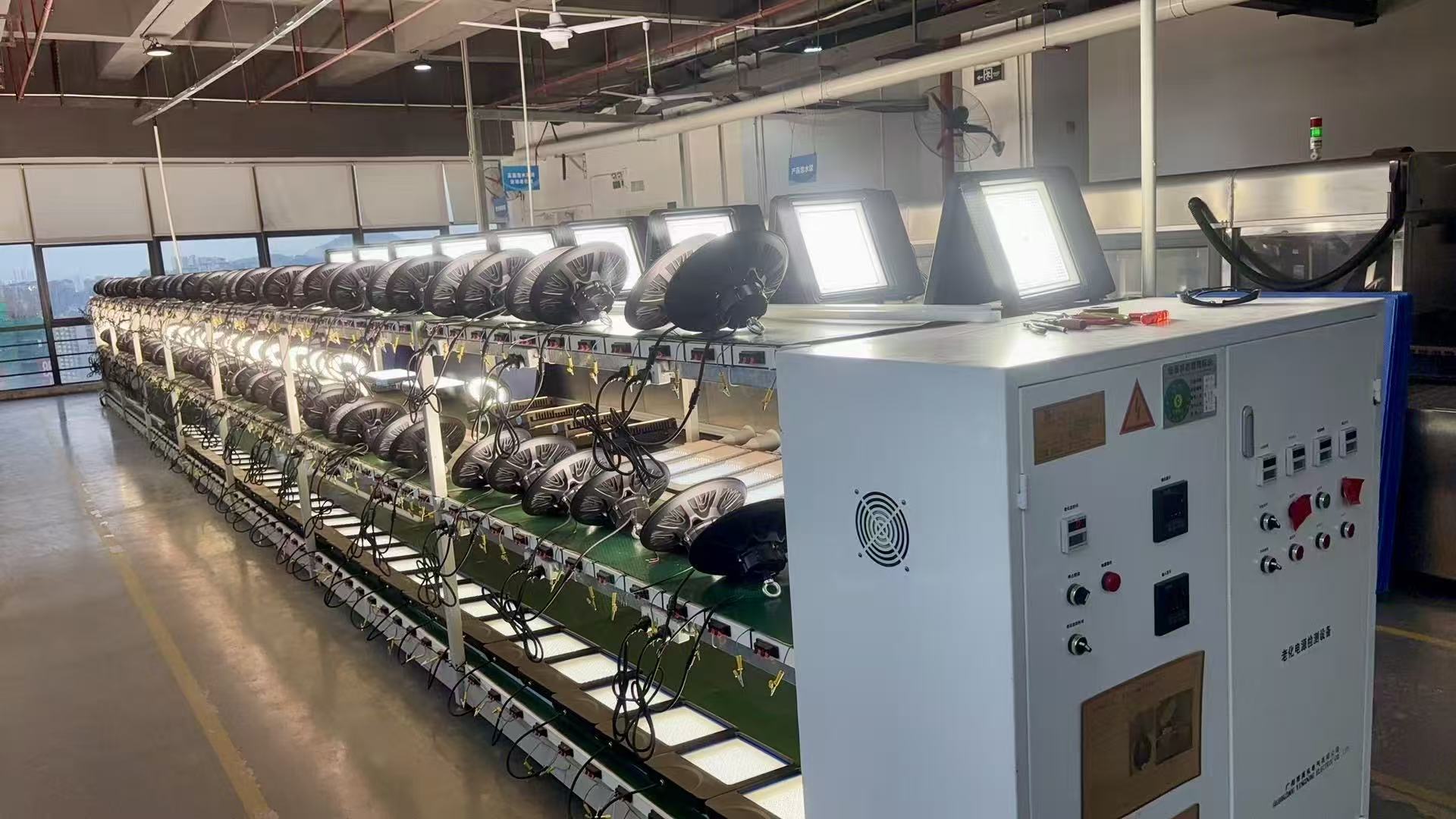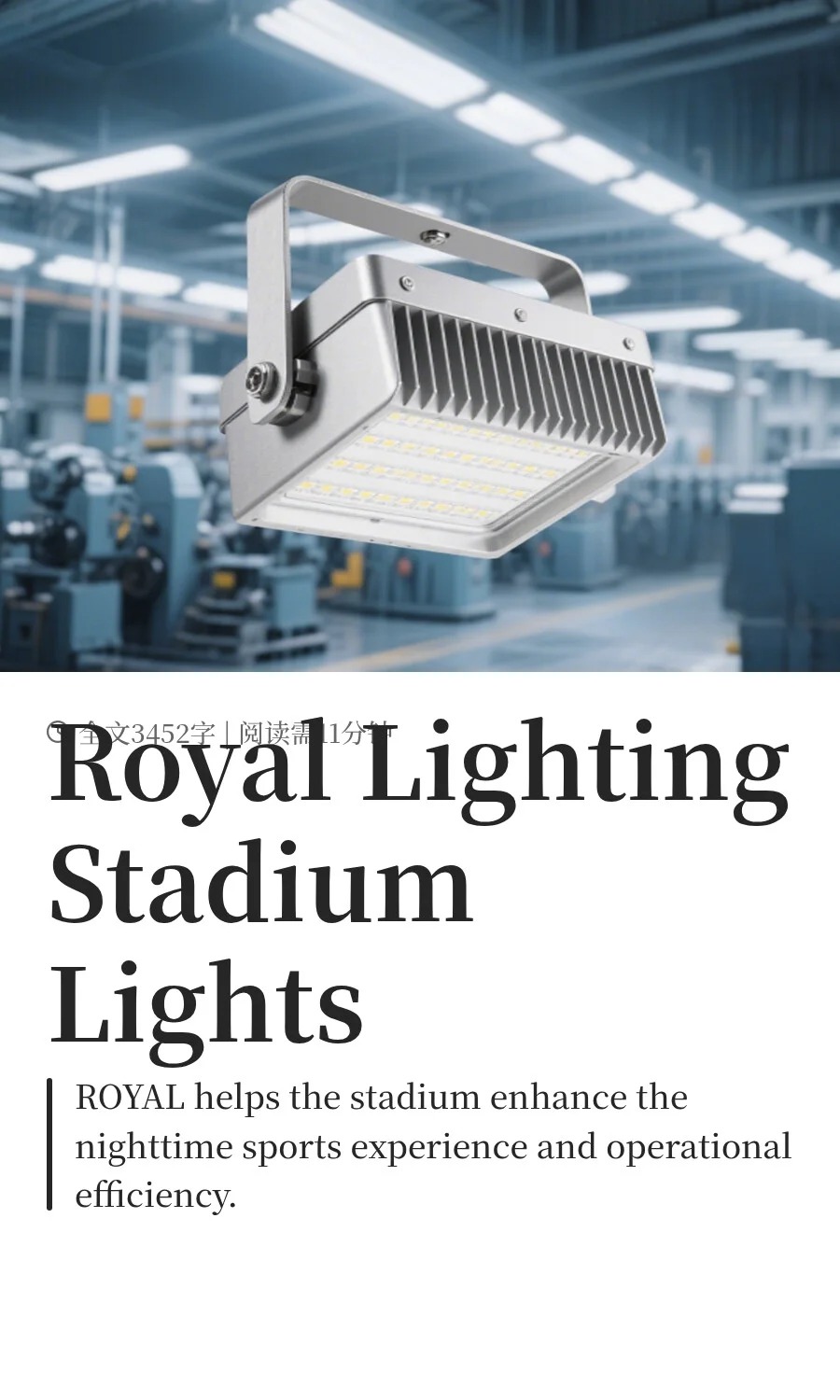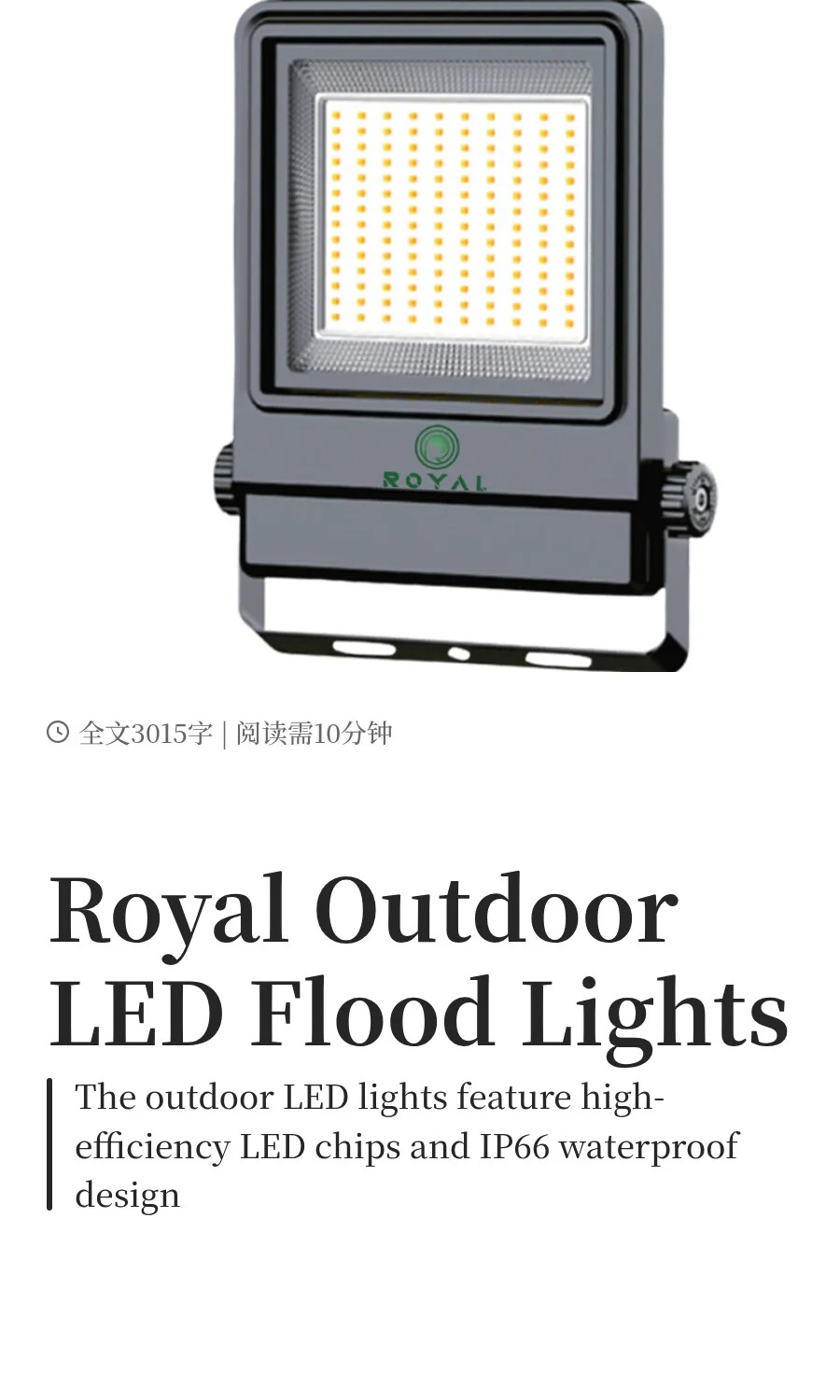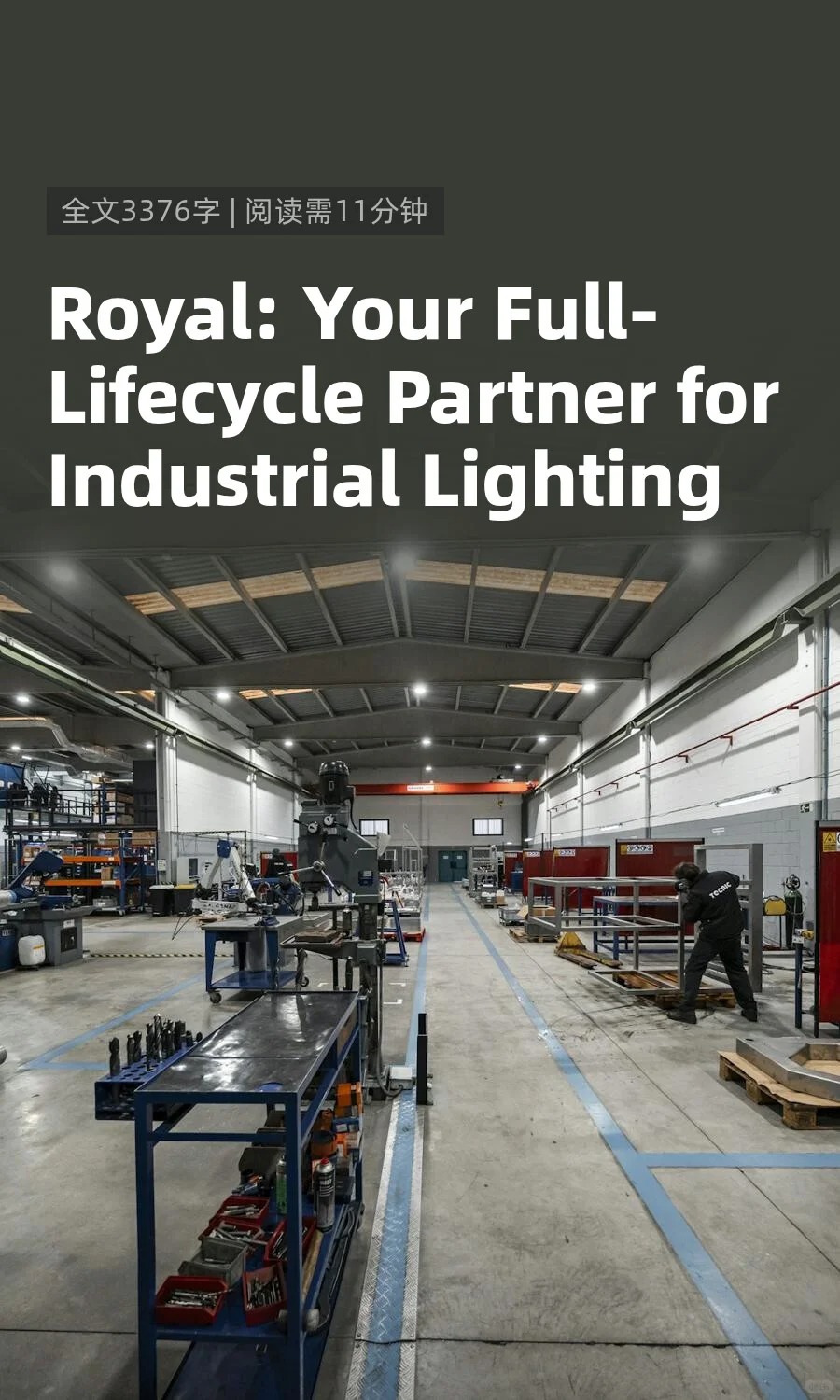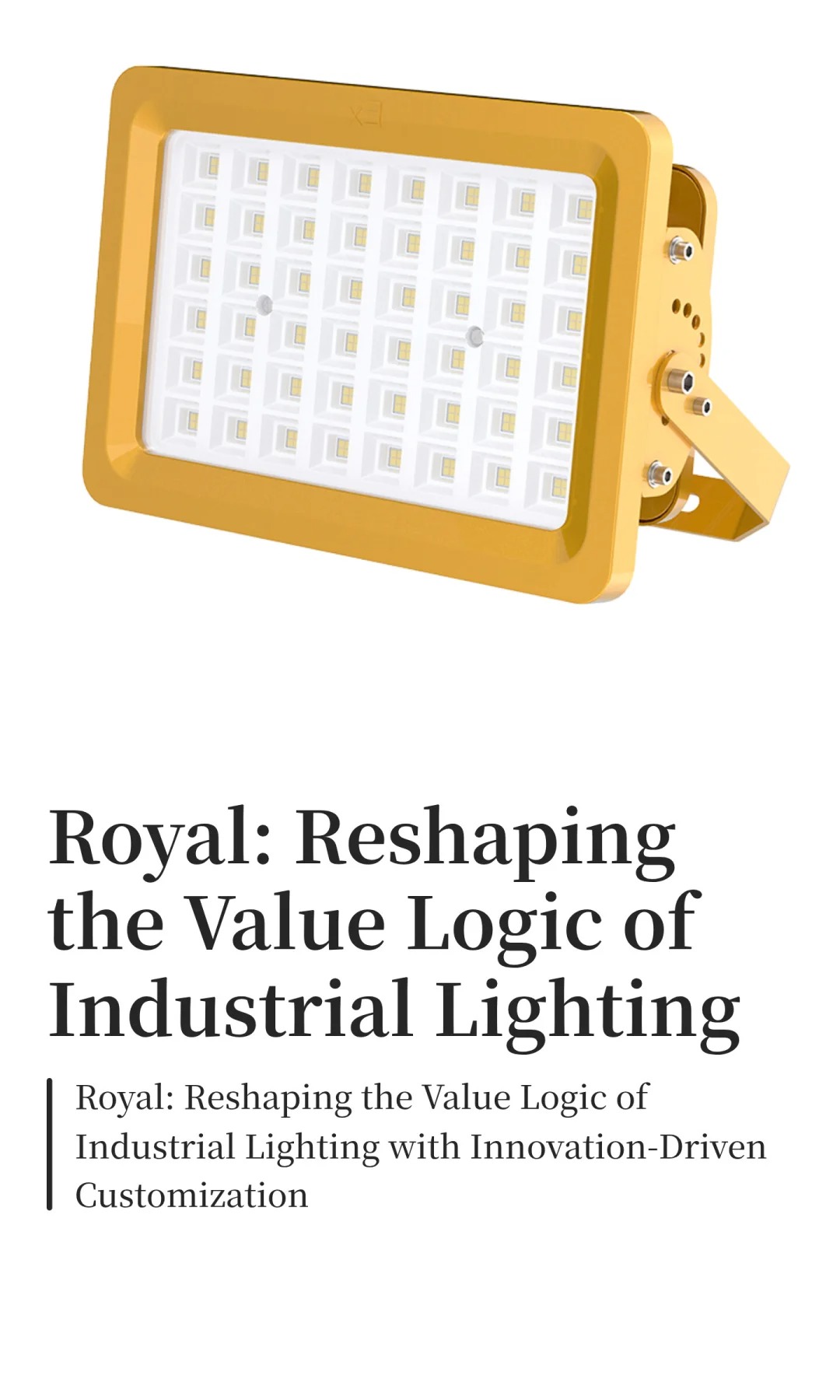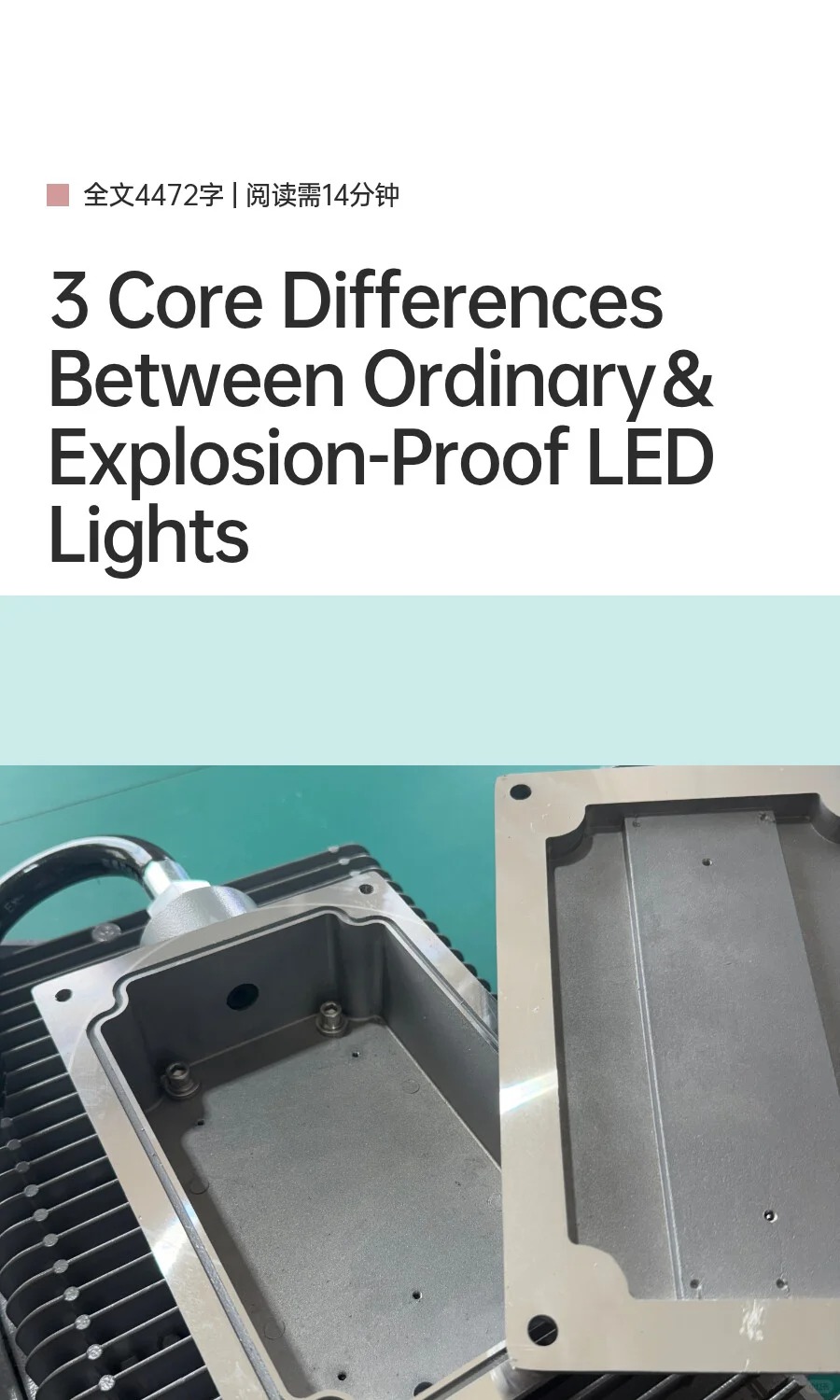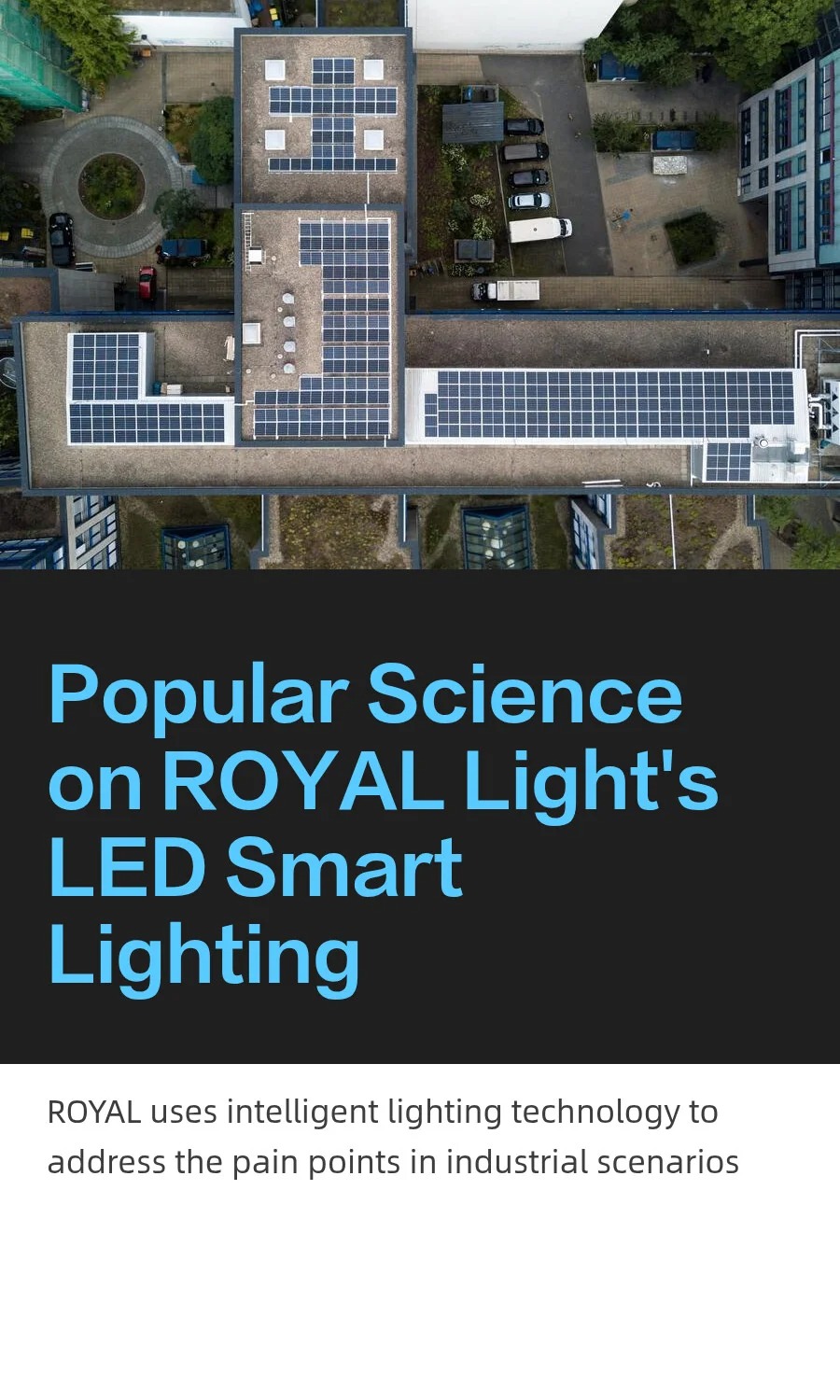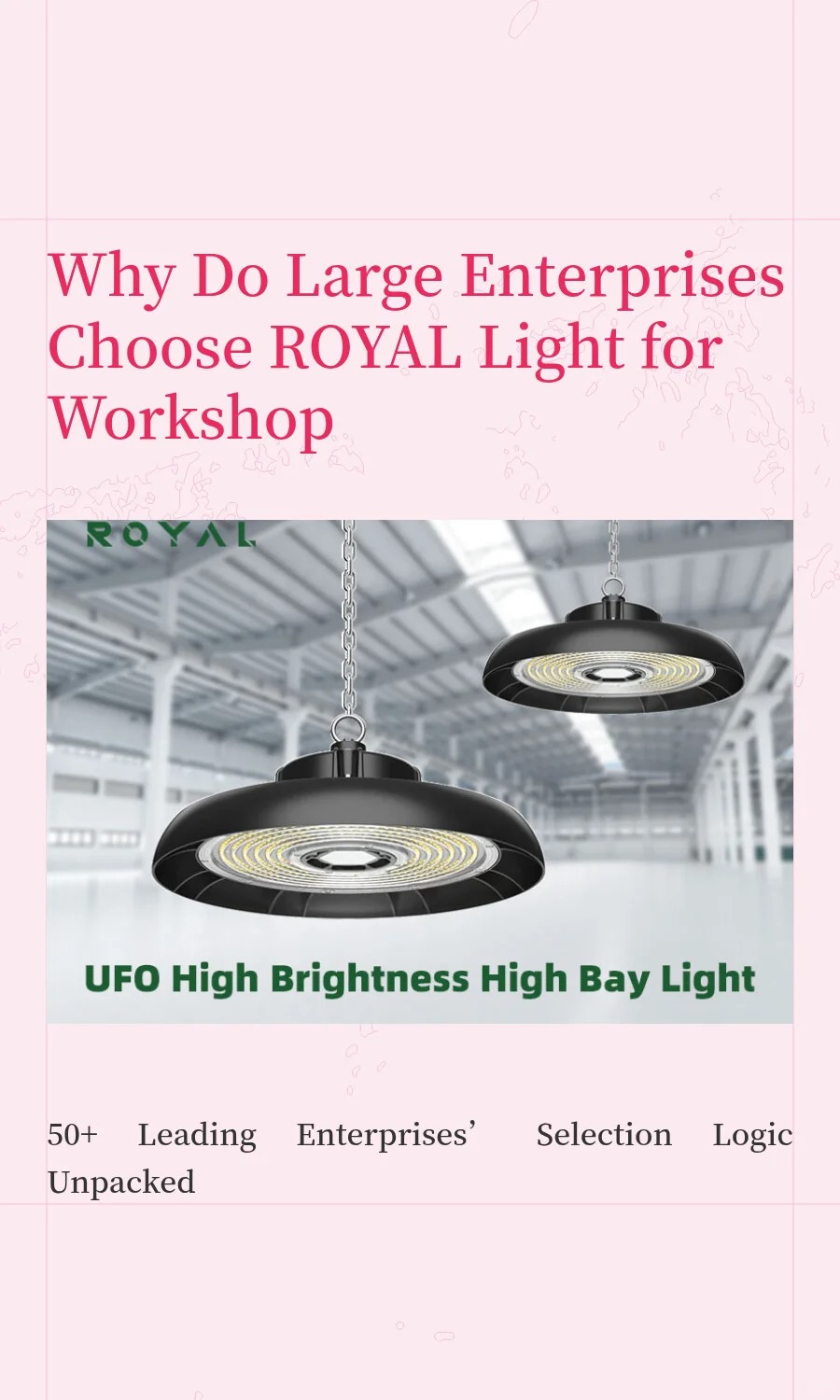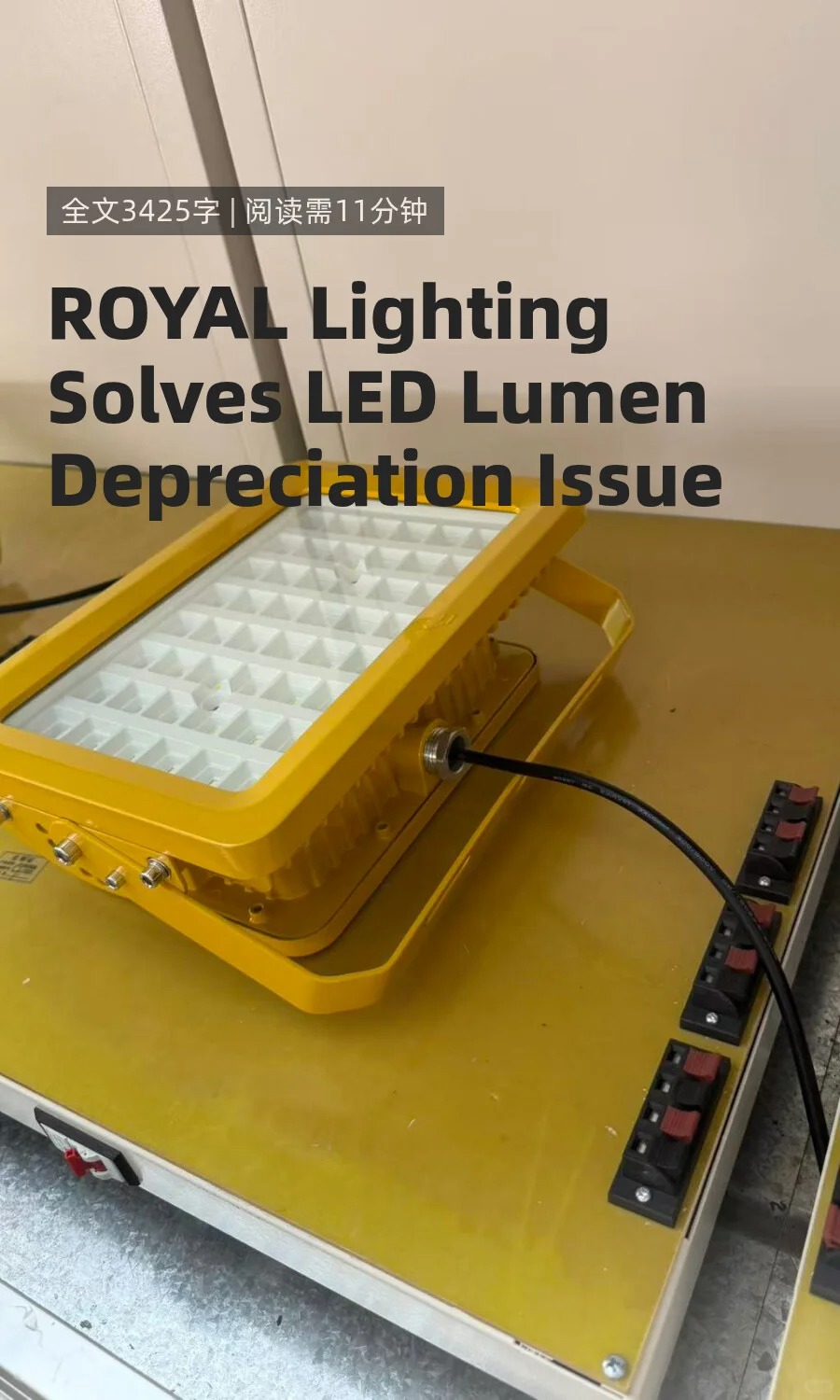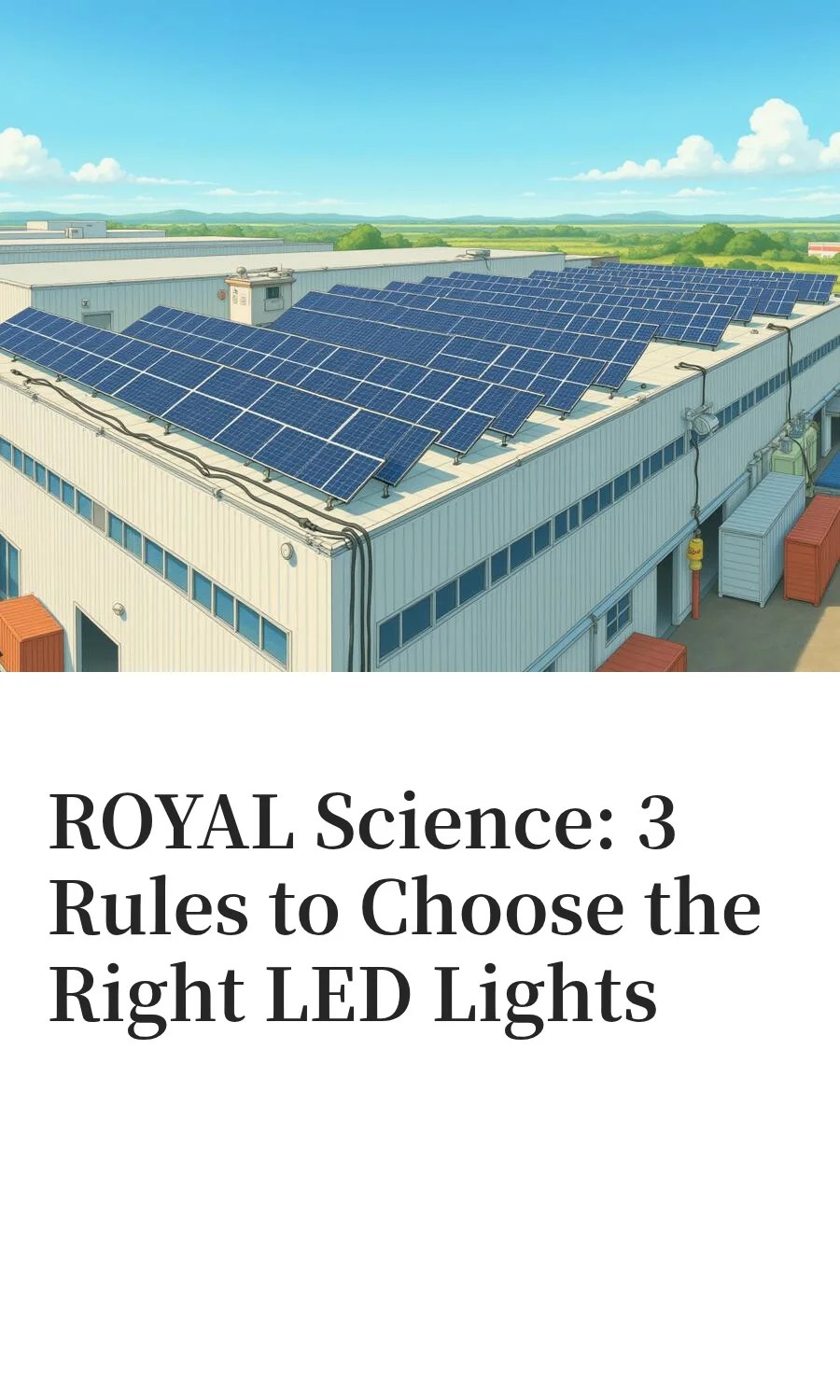Intelligent Factory Lighting Solution - Rongya Lighting
Rongya Lighting has provided professional and efficient lighting solutions for intelligent factories. With its high-performance lighting fixtures and intelligent control systems, it can meet the lighting needs of various factories, achieving energy-saving, comfortable and intelligent lighting effects. Specifically as follows:
Customized solution design: The professional team of Rongya Lighting will divide the working areas based on the actual conditions of the factory. For example, the illumination in the production processing area is set at 300-500 lux, the warehouse at 100-200 lux, and the passages and rest areas at around 100 lux, ensuring the light is just right. At the same time, they will also consider the difficulty of visual operations. For delicate operations such as electronic component assembly scenarios, they will provide high illumination and high color rendering lamps to meet various needs.
Lamp performance is superior: High efficiency and energy saving: Taking the ROG industrial lighting series as an example, the luminous efficacy is up to 190-200LM/W. A 100W lamp can replace a 500W traditional lamp, and the annual energy savings of a single lamp can reach over 3000 kWh. The intelligent microwave radar sensing series is equipped with an IoT chip and can help factories achieve an energy saving rate of over 60% through the Tuya intelligent platform.
High-quality lighting: The lamps use PC optical lenses, which have high light transmittance and are impact-resistant, reducing glare. The light source employs scientific light distribution and color control technology, combined with constant current IC drive, achieving uniform and transparent light. For precision manufacturing scenarios, some lamps adopt medical-grade shadow-free technology, with a CRI of ≥97 and a flicker index of <0.1%, enabling a defect detection rate of up to 99.8%.
Strong adaptability: The lamp shells are made of die-cast aluminum alloy, combined with a large heat dissipation group, which can operate stably in extreme environments of -25℃ to 70℃, with a light attenuation rate lower than 3%, and a service life exceeding 150,000 hours. For explosion-proof scenarios, a non-electricalized optical fiber light guiding system is used to eliminate the risk of electric sparks; for cold chain logistics scenarios, an aviation-grade sealing process is adopted, with a protection level of IP69K, extending the maintenance period to 5 years in -25℃ cold storage.
Easy intelligent control: Some lamps can follow the movement trajectory of people or vehicles through millimeter-wave radar sensing, achieving light spot following and enhanced area lighting. They can also be directly connected to the digital twin control lighting system and the factory MES system to dynamically adjust the illumination in each area according to the production plan. In the Jiangsu foreign-funded automotive manufacturing renovation project, the overall energy consumption was reduced by 58%.
Various installation methods: Installation methods can be selected based on the factory structure. High-rise factories can use suspension rods, while in spaces with limited space, ceiling-mounted or wall-mounted methods can be chosen. There are various installation methods available for selection, and professional installation guidance is provided.
Reliable product quality: Rongya Lighting has obtained multiple qualification certifications, including ISO9001:2015 quality management system certification. The products have passed domestic certifications such as CCC, CQC, explosion-proof certification, and international certifications such as ATEX, CE, and EMC. They have undergone 27 rigorous tests including 1000 hours of salt spray testing and 100,000 times of switch shock testing, ensuring quality.
Comprehensive after-sales service: Rongya Lighting products are positioned at the mid-to-high end, offering a warranty of more than five years. They can also customize lighting design solutions for customers, providing comprehensive services from the initial scheme design to later commissioning and maintenance, reducing overall costs.
